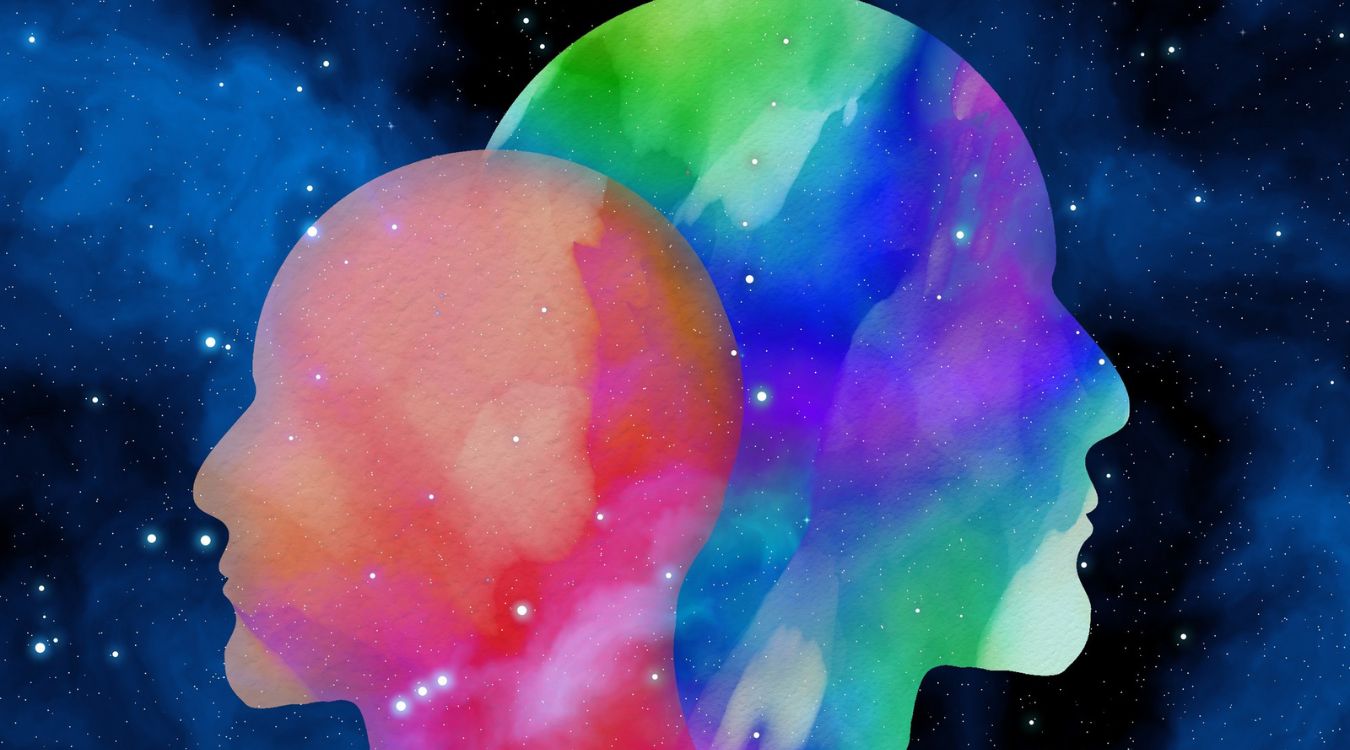
Color psychology is a fascinating field that explores how hues impact human behavior and emotions. Ever noticed how a room painted in blue feels calming, while red can make you feel energized? Colors can influence mood, decision-making, and even physical reactions. For instance, restaurants often use red to stimulate appetite. Meanwhile, hospitals prefer green or blue to create a sense of tranquility. Understanding the psychology of color can help in various areas, from marketing to interior design. Imagine using the right shade to boost productivity or create a welcoming atmosphere. Ready to learn more about how colors affect us? Let's dive into these 20 intriguing facts!
Key Takeaways:
- Colors have a big impact on our emotions and behaviors. For example, red can make us feel urgent, while blue can help us feel calm and relaxed.
- Companies use colors to influence our buying decisions. Red and yellow can make us want to buy things quickly, while blue makes us trust a brand more.
The Basics of Color Psychology
Understanding how colors affect our emotions and behaviors can be fascinating. Let's dive into some intriguing facts about the psychology of color.
-
Colors Influence Mood: Different colors can evoke different emotions. For example, blue often creates a sense of calm, while red can increase energy levels.
-
Cultural Differences: Colors can have different meanings in various cultures. In Western cultures, white is often associated with purity, but in some Eastern cultures, it represents mourning.
-
Color and Appetite: Restaurants often use red and yellow in their decor because these colors are known to stimulate appetite.
-
Gender Preferences: Studies show that men tend to prefer blue, while women often favor purple.
Colors in Marketing and Branding
Businesses use color psychology to influence consumer behavior. Here are some ways colors play a role in marketing.
-
Brand Recognition: Consistent use of specific colors can increase brand recognition by up to 80%.
-
Color and Trust: Blue is commonly used in corporate logos because it conveys trust and reliability.
-
Impulse Purchases: Red is often used in clearance sales and fast-food chains to encourage quick decisions and impulse buys.
-
Luxury and Sophistication: Black and gold are frequently used to give a sense of luxury and sophistication.
Psychological Effects of Specific Colors
Each color has its unique psychological impact. Let's explore some of these effects.
-
Red: Known to increase heart rate and create a sense of urgency, red is often used in sales and promotions.
-
Blue: Associated with calmness and serenity, blue can lower blood pressure and slow down the heart rate.
-
Green: Symbolizing nature and tranquility, green is often used in spaces designed for relaxation.
-
Yellow: This bright color can evoke happiness and energy but can also cause eye strain if overused.
Colors in Everyday Life
Colors are not just for marketing; they affect our daily lives in various ways.
-
Room Colors: The color of a room can influence how we feel in that space. For example, blue bedrooms can promote better sleep.
-
Clothing Choices: The colors we wear can affect our mood and how others perceive us. Wearing black can make one appear more authoritative.
-
Work Productivity: Office spaces often use blue and green to enhance productivity and focus.
Fun Facts About Color Psychology
Here are some lesser-known but interesting facts about how colors affect us.
-
Color Blindness: About 8% of men and 0.5% of women are color blind, affecting how they perceive colors.
-
Seasonal Affective Disorder (SAD): Lack of sunlight and exposure to dull colors can contribute to SAD, a type of depression.
-
Color Therapy: Also known as chromotherapy, this practice uses colors to treat various physical and emotional issues.
-
Synesthesia: Some people experience synesthesia, where they can "see" sounds or "taste" colors.
-
Color Preferences Change with Age: As people age, their color preferences often shift. Older adults may prefer softer, more muted colors compared to the bright hues favored by younger individuals.
The Power of Color
Color isn't just about aesthetics. It plays a huge role in our emotions, decisions, and even our well-being. From red sparking excitement to blue bringing calm, colors influence our daily lives in ways we often overlook. Businesses use color psychology to shape branding and marketing strategies, while interior designers choose hues to create specific moods in spaces.
Understanding the psychology of color can help you make more informed choices, whether you're picking out a new outfit, redecorating your home, or designing a logo. Next time you see a vibrant yellow or a soothing green, remember there's more to it than meets the eye. Color is a silent yet powerful communicator, shaping our world in subtle but significant ways. So, embrace the colors around you and let them enhance your life.
Frequently Asked Questions
Was this page helpful?
Our commitment to delivering trustworthy and engaging content is at the heart of what we do. Each fact on our site is contributed by real users like you, bringing a wealth of diverse insights and information. To ensure the highest standards of accuracy and reliability, our dedicated editors meticulously review each submission. This process guarantees that the facts we share are not only fascinating but also credible. Trust in our commitment to quality and authenticity as you explore and learn with us.
